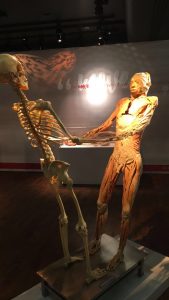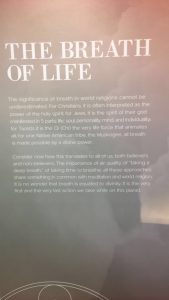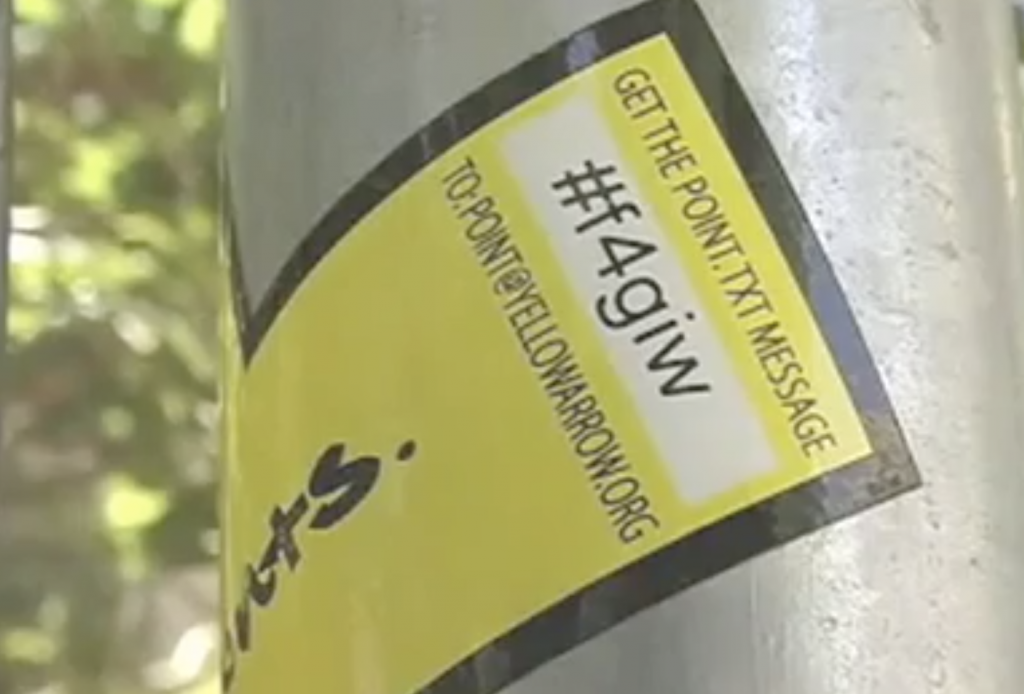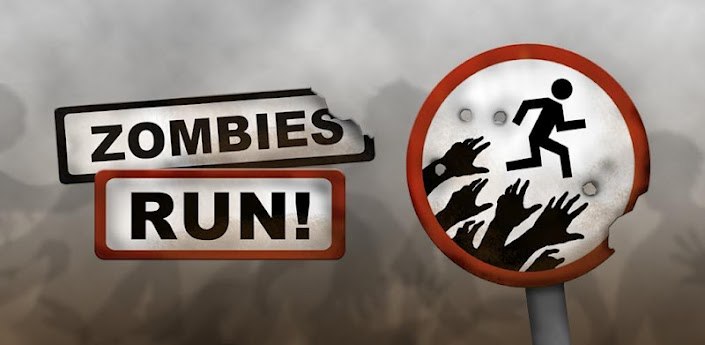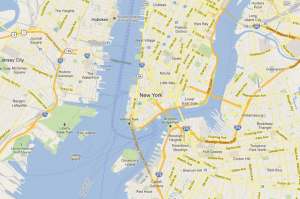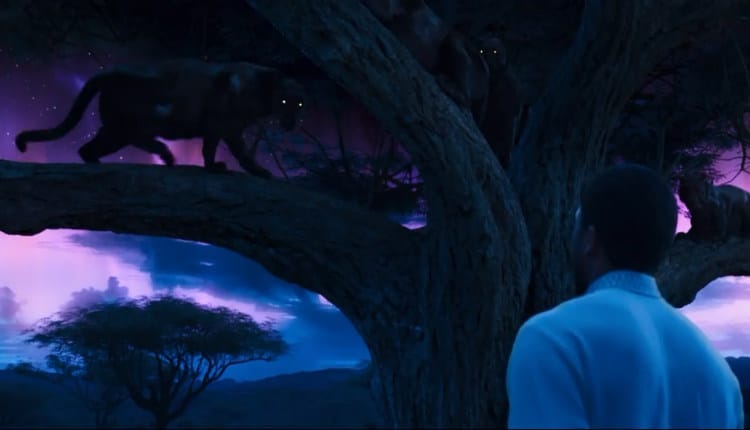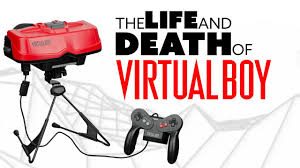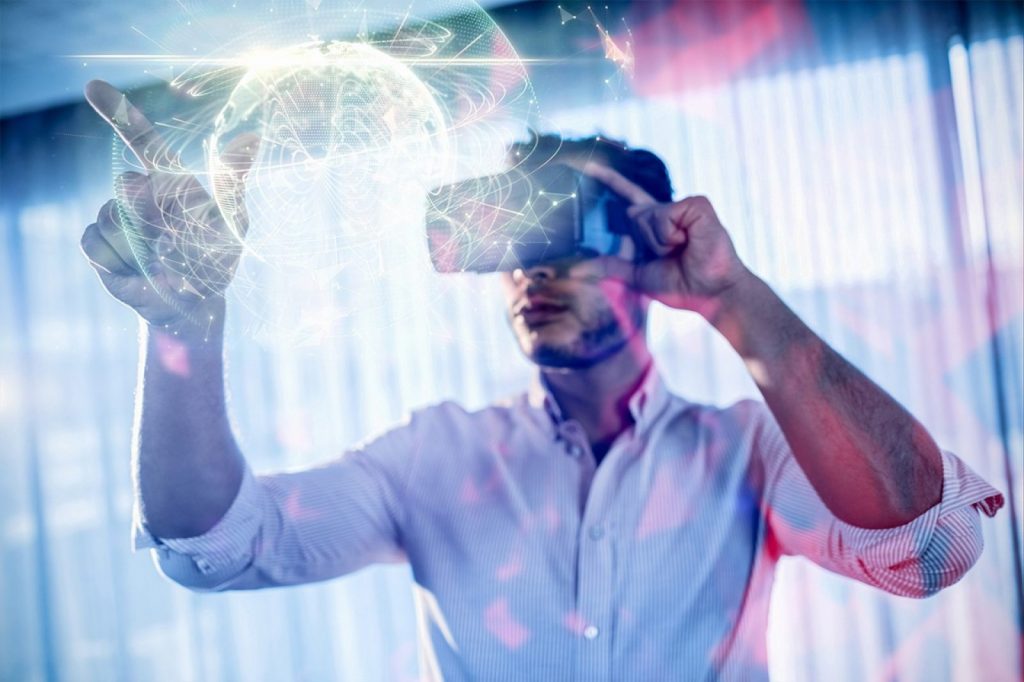 Pry is a story about a war veteran struggling with PTSD, on the iOS App store that rethinks the way an eBook is created. The story was created mainly for use on a tablet but also works on the iPhone. Pry is fantastic as it uses haptics, expanded cinema, and interaction design from which methods and functions are intensely intertwined. Pry gives us a relationship of touchscreen clickables and text that uncovers reading as a unity of haptic and thinking processes. Pry provides the reader with the feelings of the main character’s thoughts through literally pinching the screen as if you are opening your eyes from a dream and haptics that give you a sense of being in the story.
Pry is a story about a war veteran struggling with PTSD, on the iOS App store that rethinks the way an eBook is created. The story was created mainly for use on a tablet but also works on the iPhone. Pry is fantastic as it uses haptics, expanded cinema, and interaction design from which methods and functions are intensely intertwined. Pry gives us a relationship of touchscreen clickables and text that uncovers reading as a unity of haptic and thinking processes. Pry provides the reader with the feelings of the main character’s thoughts through literally pinching the screen as if you are opening your eyes from a dream and haptics that give you a sense of being in the story.
 The goal of the piece I think is to give the reader through, and touchscreen gestures a new way to feel the story’s content instead of just reading and imagining. Touching and tilting the screen gives us the feeling that we are the main character. Readers can decide how long to focus on the character’s thoughts. The period of focus changes the parameters of the next available scenes. The thing that makes this story great is that we get to feel the inner world of the main character through floating text, animations, and video flashbacks as well as experiencing the and the outer world of video that details the main character’s day-to-day experiences. This story is incredible for all readers young and old that would like a new way of immersion in storytelling.
The goal of the piece I think is to give the reader through, and touchscreen gestures a new way to feel the story’s content instead of just reading and imagining. Touching and tilting the screen gives us the feeling that we are the main character. Readers can decide how long to focus on the character’s thoughts. The period of focus changes the parameters of the next available scenes. The thing that makes this story great is that we get to feel the inner world of the main character through floating text, animations, and video flashbacks as well as experiencing the and the outer world of video that details the main character’s day-to-day experiences. This story is incredible for all readers young and old that would like a new way of immersion in storytelling.
